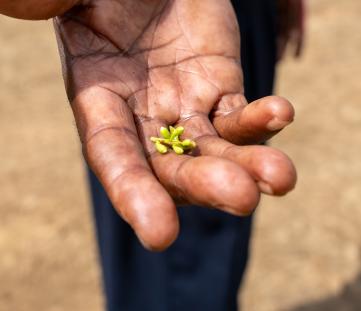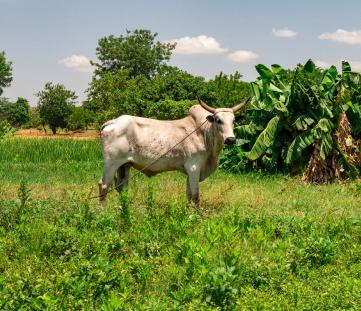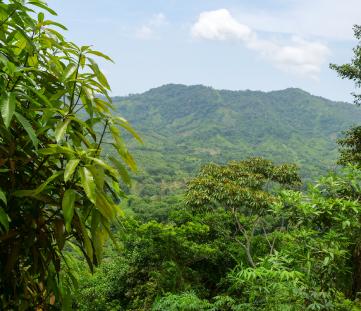ID: X44-R3Y
ID: X44-R3Y
Nano-Tech 1
Olea capensis
Photo
Tanzania
22:16 - 16°C
My connections
My ID card
Who am I?
Date of birth
01/26/2022
Also known as
Nano-Tech 1
Name
East African olive
Tree
East African olive
Where am I located?
Country
Tanzania
Place of birth
Arusha
Coordinates
3° 14′ 14.67″ S
36° 32′ 38.1″ E
/36.54391663,-3.23740943,0/500x333@2x?access_token=pk.eyJ1IjoidG9tbWFzb3NwZXJvbmkiLCJhIjoiY2tnOTE3eW12MDJqazMybXNzOWV1YjloOSJ9.wtGsuDU7XIKjcv2cq8CiXw&logo=false&attribution=false)
My Timeline
The important moments in your tree's life.
Seed
It all starts with a tiny seed, nice and warm in the soil.
Nursery
Your seedling is big enough to be welcomed into one of our nurseries, along with many others.
Planted
We’re here! Your tree has reached its new home: it’s been planted by a smallholder, who’ll take care of it for years to come.
Photo
Strike a pose! Now that it’s big enough, here’s a photo of your tree!
My Gallery
Nursery

Planted
/36.54391663,-3.23740943,0/500x333@2x?access_token=pk.eyJ1IjoidG9tbWFzb3NwZXJvbmkiLCJhIjoiY2tnOTE3eW12MDJqazMybXNzOWV1YjloOSJ9.wtGsuDU7XIKjcv2cq8CiXw&logo=false&attribution=false)
36° 32′ 38.1″ E
Photo

Curiosity about me
The important moments in your tree's life.
Let's start with introductions
The East African olive is a small to medium-sized tree with dark bark, which can grow up to 10 metres in height. With its glossy dark green leaves and black fissures in its light grey bark, the East African olive is a characteristic tree of southern and eastern Africa. Its white flowers emit a distinctive sweet scent when in bloom.
Meaning
Dignity
With age, the bark of the East African olive tree turns increasingly grey. A tree that ages with class and charm.

How much CO2 I’ll absorb
My estimated CO2 absorption capacity is based on the first 10 years of my life*
Current absorption
- 50 kg
2022
0 kg
2032
-250 kg
* The tree will continue to absorb CO2 even after the tenth year. Therefore this is a prudent estimate.
How I am useful to local communities

Medicine
Its leaves, roots, bark and/or fruits are used in traditional medicine.

Livestock
Its leaves, either fresh or dried-out, are used as food for livestock.

Anti-wind
It protects young plants from the wind and reduces water evaporation from the soil.
My benefits
40%
Food Security
The trees will bear fruits, some that will be edible immediately and others that can become edible through processing, ensuring food resources over time.
20%
Economic development
The trees' fruits and the products derived from their transformation can be traded in local networks, offering income opportunities.
70%
CO₂ Absorption
During its life cycle, each tree will offset CO₂. The trees that you plant can offset your emissions.
60%
Environmental protection
The trees are planted in agroforestry systems that favor the virtuous interaction between the different species and their positive impact on the environment and on the land.